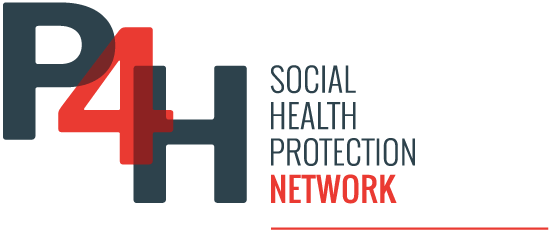Equitable access to health services without financial hardship is a cornerstone of Universal Health Coverage (UHC). Yet, across many countries in the WHO Southeast Asia Region (SEAR), a significant proportion of the population continues to rely heavily on out-of-pocket payments, despite the existence of national and social health insurance programmes. Understanding who is covered by health insurance—and the factors that influence this coverage—is critical for designing inclusive policies that leave no one behind.
A new open-access study in The Lancet Regional Health – Southeast Asia offers valuable insights into health insurance coverage across six SEAR countries between 2015 and 2022. Using nationally representative Demographic and Health Survey data, the study analyses gendered disparities and highlights how individual and community-level characteristics such as education, media access, and rural residence influence insurance uptake. The findings reinforce the need for context-specific, equity-focused approaches to expand health coverage in the region as healthcare needs and costs rise.
